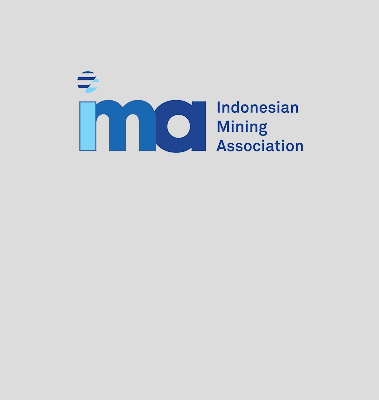Researchers at Australia’s Monash University in Melbourne have developed a cleaner, more efficient method to extract rare earth elements (REEs) from coal fly ash, mine tailings and electronic waste – offering a potential alternative to conventional mining of these critical minerals.
Coal fly ash, the fine powder produced from burning brown coal, has long been considered an environmental liability, with millions of tonnes stored in ash dams or landfills across Australia. Monash’s process aims to reframe it as a resource.
Australia holds rare earth deposits and has several mining projects under development, but new mines can take 10 to 15 years to develop, require significant capital, and present environmental and social challenges. Monash’s “urban mining” approach recovers all 17 REEs with more than 90% efficiency. This includes high-value magnet REEs such as neodymium and dysprosium, used in permanent magnets for electric motors and wind turbines. Further, the coal fly ash from Victoria’s brown coal does not typically contain radioactive elements such as thorium or uranium, making extraction safer and less regulated.
According to Monash, coal fly ash alone could yield up to 45 000 t/y of rare earth metal – more than twice Australia’s 2021 production and nearly 30% of current global output. This would be enough to manufacture magnets for around 15-million electric vehicles.
Victoria produces more than one-million tonnes a year of fly ash, with even greater volumes stockpiled nationally. Processing these reserves could avoid the environmental footprint of new mining while creating value from a material already available.
“By treating these stockpiles as a resource, not waste, we can make immediate use of existing materials while avoiding the environmental footprint of new mining,” Monash states.
The university has progressed from lab-scale experiments to a 30-litre system and is designing a 100-litre semi-continuous unit, with a demonstration plant planned at Monash. The technology has already received industry awards, and the research team is working with government and industry partners to commercialise the process.
Monash says the approach could help establish a clean, local supply of rare earths, support domestic manufacturing, create regional jobs and reduce reliance on foreign supply chains – while also remediating legacy waste from coal-fired power generation.
“This is more than a technological breakthrough – it is an opportunity to reshape how Australia thinks about resources. Urban mining could support local manufacturing, reduce our dependence on foreign supply chains, and create jobs in regional communities. It also allows us to clean up legacy waste from coal-fired power generation in the process. Urban mining gives Australia a chance to lead the world in clean, homegrown rare earth supply while also solving a legacy waste problem. It could create regional jobs, support local manufacturing, and reduce our reliance on overseas supply chains.
“It is a rare opportunity. And we don’t have to mine it, just rethink it,” the university states.
Monash is working with industry and government partners to bring this to market. “With the right support, we can build a circular, more resilient supply chain for Australia’s future – and do it by unlocking value from what we already have.”


